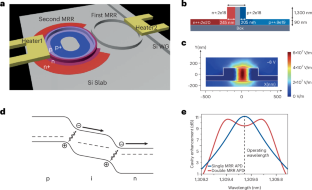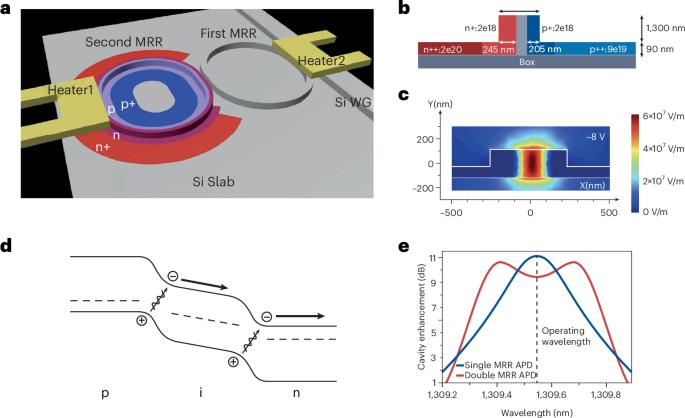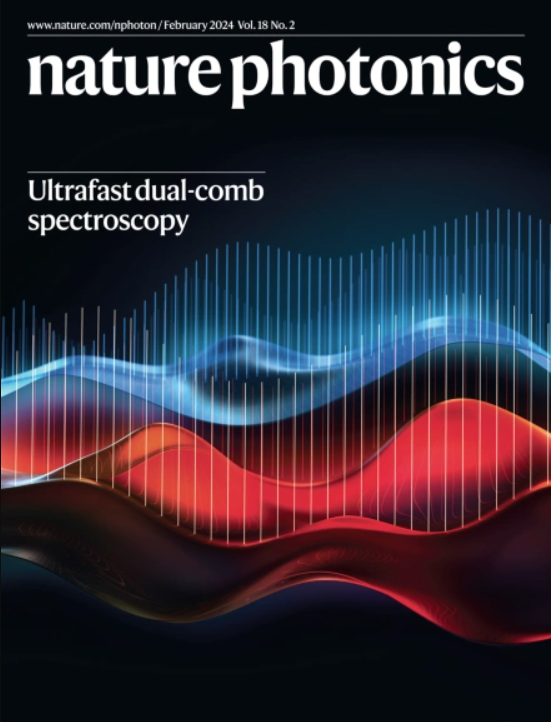全硅解决方案
IF 32.3
1区 物理与天体物理
Q1 OPTICS
引用次数: 0
摘要
硅光子电路为解决先进计算系统的互连瓶颈问题提供了一个前景广阔的解决方案,但它们通常需要额外的材料,如用于光电探测的锗。能够以每秒 1.28 太比特的速度处理数据流的全硅接收器正在为未来的光互连铺平道路。本文章由计算机程序翻译,如有差异,请以英文原文为准。


An all-silicon solution
Silicon photonic circuits offer a promising solution for the interconnect bottleneck for advanced computing systems, but they typically require additional materials, such as germanium for photodetection. An all-silicon receiver capable of handling a data stream at 1.28 terabits per second is paving the way for future optical interconnects.
求助全文
通过发布文献求助,成功后即可免费获取论文全文。
去求助
来源期刊

Nature Photonics
物理-光学
CiteScore
54.20
自引率
1.70%
发文量
158
审稿时长
12 months
期刊介绍:
Nature Photonics is a monthly journal dedicated to the scientific study and application of light, known as Photonics. It publishes top-quality, peer-reviewed research across all areas of light generation, manipulation, and detection.
The journal encompasses research into the fundamental properties of light and its interactions with matter, as well as the latest developments in optoelectronic devices and emerging photonics applications. Topics covered include lasers, LEDs, imaging, detectors, optoelectronic devices, quantum optics, biophotonics, optical data storage, spectroscopy, fiber optics, solar energy, displays, terahertz technology, nonlinear optics, plasmonics, nanophotonics, and X-rays.
In addition to research papers and review articles summarizing scientific findings in optoelectronics, Nature Photonics also features News and Views pieces and research highlights. It uniquely includes articles on the business aspects of the industry, such as technology commercialization and market analysis, offering a comprehensive perspective on the field.
 求助内容:
求助内容: 应助结果提醒方式:
应助结果提醒方式:


